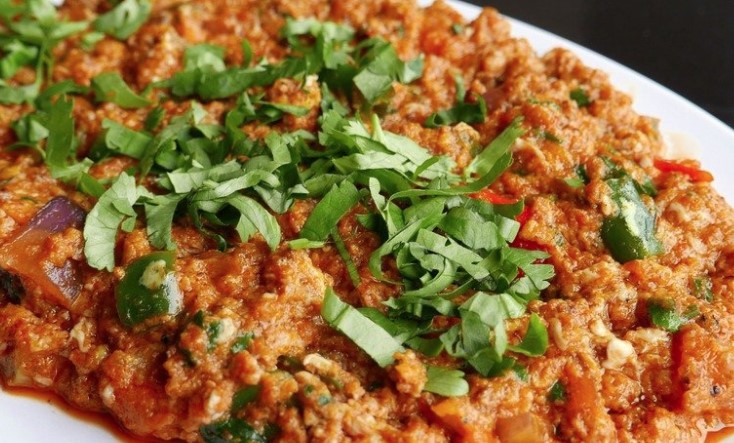Introduction: Yemeni Cuisine
Yemeni cuisine is a delicious and unique blend of Middle Eastern and African flavors. Located at the southern tip of the Arabian Peninsula, Yemen has a rich history of trade and cultural exchange with neighboring countries such as Saudi Arabia, Oman, and Ethiopia. As a result, Yemeni food has been influenced by a variety of different cultures and cuisines, making it a truly unique and flavorful cuisine.
Spices: Essential Ingredients
Spices are an essential ingredient in Yemeni cuisine and are used to add flavor and depth to dishes. Some of the most commonly used spices in Yemeni cooking are cumin, coriander, turmeric, and cardamom. These spices are often used to create aromatic spice blends that are used in meat and vegetable dishes, as well as in rice and bread. Yemeni cuisine is also known for its use of chili peppers, which are used to add heat and spice to dishes.
Staple Foods: Bread and Rice
Bread and rice are the staple foods in Yemeni cuisine. One of the most popular types of bread is called “khobz,” which is a round, flatbread baked in a clay oven. Rice is also a staple in Yemeni cuisine and is often served with meat and vegetable dishes. One popular Yemeni rice dish is called “mandi,” which is a flavorful rice dish cooked with meat and spices in a clay oven.
Meat Dishes: Lamb and Chicken
Lamb and chicken are the most commonly used meats in Yemeni cuisine. One popular lamb dish is called “haneeth,” which is a slow-cooked lamb dish that is cooked in a clay oven. Chicken is often used in stews and soups and is also grilled or roasted. One popular chicken dish is called “fahsa,” which is a thick stew made with chicken and a variety of spices.
Vegetarian Options: Beans and Vegetables
For those who prefer vegetarian options, Yemeni cuisine offers a variety of delicious options. One popular vegetarian dish is called “fahsa hummus,” which is a spicy chickpea stew served with bread. Yemeni cuisine also features a variety of vegetable dishes, such as “bamiya,” which is a stew made with okra, tomatoes, and spices, and “salta,” which is a spicy tomato and vegetable stew served with bread.
Sweet Treats: Honey and Dates
Yemeni cuisine is known for its delicious sweet treats, which are often made with honey and dates. One popular sweet dish is called “balaleet,” which is a sweet vermicelli pudding made with eggs, sugar, and cardamom. Dates are also a popular ingredient in Yemeni cuisine and are often used to sweeten dishes and desserts, such as “ma’asoob,” which is a sweet dish made with mashed bananas, dates, and bread. Overall, Yemeni cuisine is a unique and flavorful cuisine that offers a variety of options for meat-eaters and vegetarians alike.

